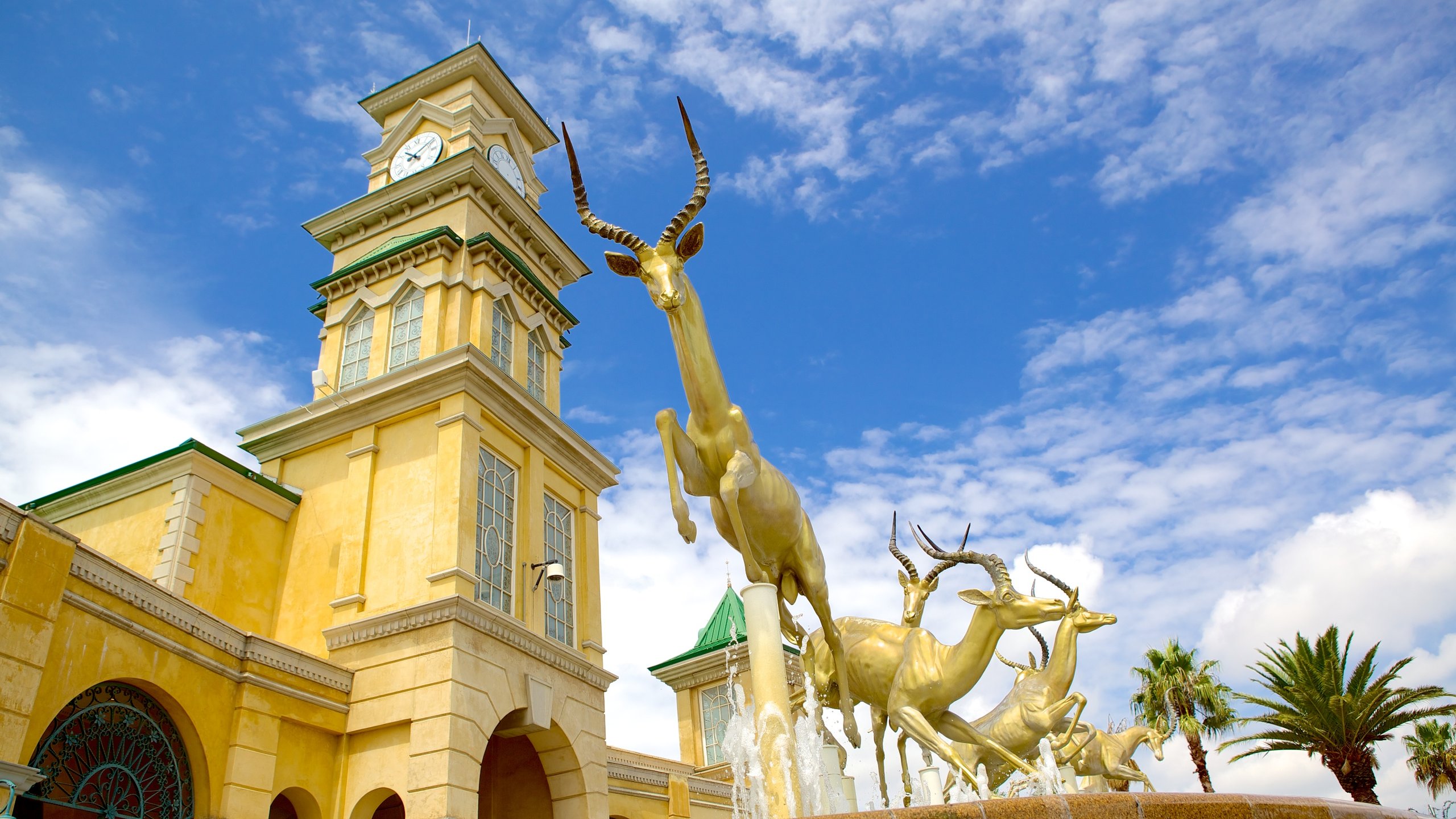Little Known Questions About Johannesburg North Attractions.
Table of ContentsJohannesburg North Attractions Fundamentals ExplainedJohannesburg North Attractions for BeginnersEverything about Johannesburg North Attractions4 Simple Techniques For Johannesburg North AttractionsRumored Buzz on Johannesburg North AttractionsExcitement About Johannesburg North Attractions
The city grew on the edge of the Witwatersrand Key Coral reef, a subterranean stratum of gold-bearing quartz-silica corporation that arcs for hundreds of miles below the Highveld - Johannesburg North attractions. Most of the gold mines in the city discontinued procedure in the 1970s, but in its day the Witwatersrand gold industry accounted for even more than 40 percent of the globe's annual gold manufacturing.Johannesburg has a pleasant environment. The city takes pleasure in regarding eight hours of sunlight per day in both winter months and summer.
What rainfall the city gets falls nearly specifically in the summertime, typically in spectacular late-afternoon electrical storms. Air contamination poses a significant issue, particularly in the wintertime months, when thermal inversions restrain the westward flow of air from the Indian Sea. Contamination is most serious in the densely cleared up Black municipalities on the city's periphery, where numerous citizens still depend on coal for gas.

What Does Johannesburg North Attractions Do?
The equilibrium of the city is inhabited by whites. Accommodation differs in character and top quality.
Physical development, although somewhat limited by transport, proceeded swiftly as immigration to South Africa, and Johannesburg in particular, boosted considerably.
Most inadequate suburbs were combined, with bad blacks and whites cohabiting, although the affluent residential areas were typically scheduled for whites. This transformed with the election of the National Celebration in the 1948 elections, that started to formalise the system called apartheid. Discrimination formally designated which suburbs each race can reside in under the Group Locations Act.
The previous system of eleven numbered regions was reorganised in 2006. Marshalltown, as seen from the top of the Carlton Centre. The M1 and M2 run behind the structures, and the southerly suburbs extend past the freeway boundary. The internal city of Johannesburg lies within the city's Region F. The approximated populace of the area is 200,000, [] The number of people living in the inner city on an informal basis is unidentified, as several are illegal immigrants. The majority of higher-income residents and white individuals have actually relocated to the north suburbs and have actually been changed by lower-income her explanation black individuals. The unemployment, education and learning, and age accounts of the area are all unidentified, due to the trouble of getting reputable info about the area.
Johannesburg North Attractions Fundamentals Explained
Yeoville and Bellevue have a mix of apartment or condo buildings and solitary property units on tiny whole lots. The region is located on a mountainous divide that ranges from eastern to west. The most obvious geographical function is Observatory Ridge, which is named for the huge Check This Out observatory situated on it. The recreational rooms are no more used, due to security problems.

Getting My Johannesburg North Attractions To Work
R. Tambo International Flight Terminal). The eastern suburban areas are a few of the earliest areas of Johannesburg, there are big neighborhoods of Jewish and various other European backgrounds, the bulk of the population is English speaking. There are three fairway as well as a variety of safeguarded ridges with viewsites. There are numerous well-developed and up-market home entertainment and purchasing locations in the east such as the Eastgate Mall and the Greenstone mall.
The area is mainly made up of old "matchbox" residences, or four-room homes built by the government, that were built to supply low-cost holiday accommodation for black workers during apartheid. Soweto is an abbreviation, meaning "South Western Townships". Road after road in this field is lined with matchboxes; however, there are a few smaller locations where thriving Sowetans have actually constructed houses that are much more comparable in stature with those in more affluent suburbs.
Hostels are one more popular physical function of Soweto. Initially built to house male migrant workers, lots of have actually been improved as homes for couples and family members. The N1 Western Bypass skirts the eastern boundary of Soweto. The suburb was not traditionally enabled to create work centres within the location, so nearly all of its citizens are commuters to other parts of the city.
An Unbiased View of Johannesburg North Attractions
The property areas in the northern suburban areas are mainly official, with no considerable locations of informal real estate, or real estate that lacks a long-term framework. This is a well established area, there is a pattern of land usage adjustment from residential to commercial, especially along main arterial roads and around well established nodes.
Roads to the east and west are much less well created, as there are no highways taking a trip in that instructions. find more info Towards the north boundary of the city, the density of advancement reduces, leaving big areas of primitive land around Midrand.
The 7-Minute Rule for Johannesburg North Attractions
, which is located on a hill neglecting the internal city and Hillbrow.